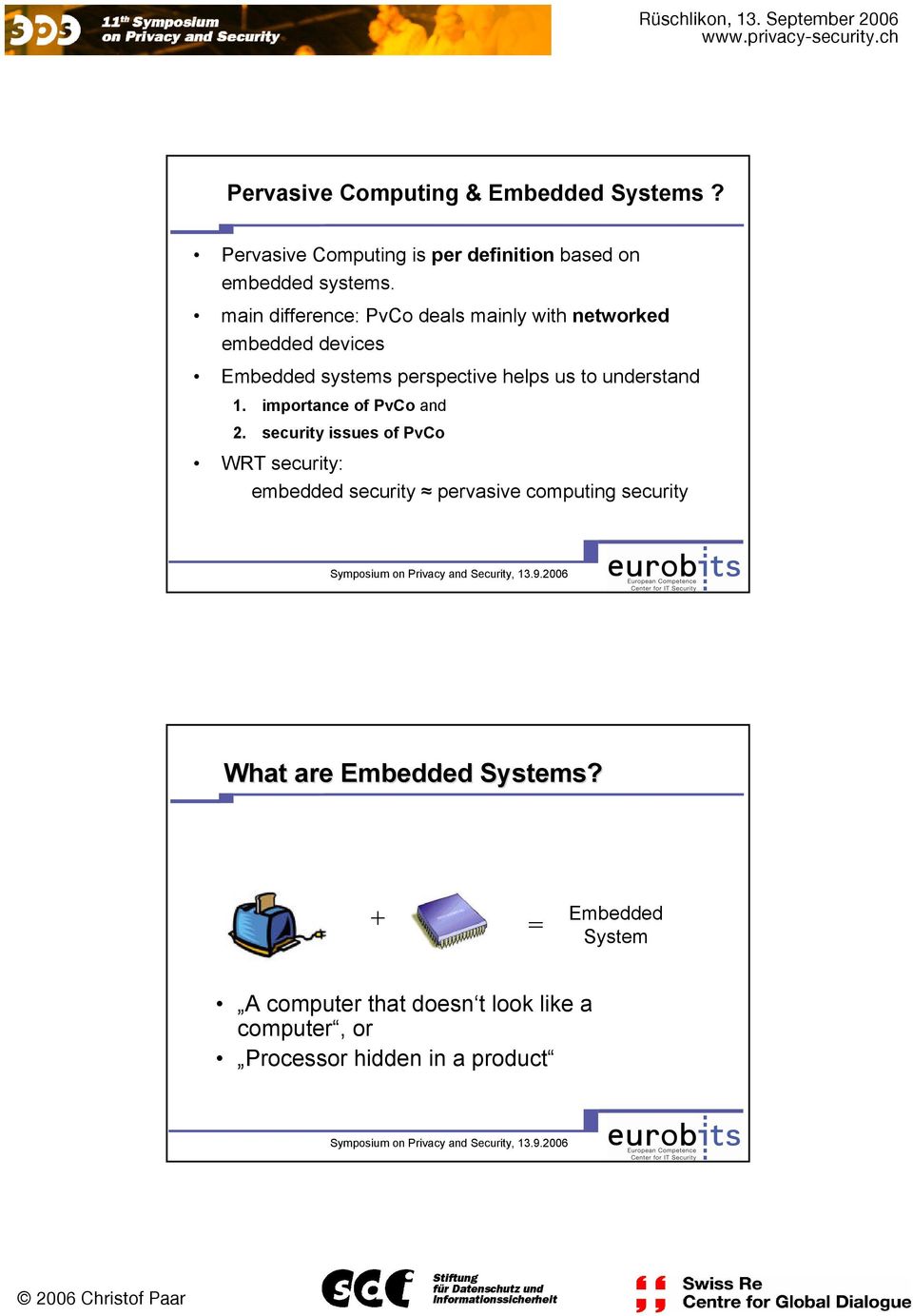

Rather than having to feel pressured to complete a module before the person sitting next to them or under a time constraint allocated by the instructor, they can truly immerse themselves in the content and take the time to absorb the key ideas. They won't have to rush through the eLearning experience, because it will be entirely under their control. When learning takes place anywhere, anytime, individuals gain the power to go at their own pace and don't feel the need to keep up with their peers.


Allows learners to go at their own pace.The Benefits of Pervasive Learning in eLearning Today learners can get on their phones, tablets, and computers if they need information, which allows them to expand their understanding and develop their skills when it's most convenient for them and when they truly need to gather new, critical knowledge. Thanks to new and emerging eLearning tools and technologies, learners now have access to a wealth of information anytime, anywhere. As you can see, according to this model, most of our learning takes place outside the confines of the classroom. In fact, Dan Pontefract compares the idea to Charles Jennings' 70-20-10 model, which suggests that 70% of our education is from completing difficult jobs or tasks, 20% is derived from people (mentors, bosses, etc), and the remaining 10% is from courses, books, and other formal education sources. The notion behind pervasive learning has been around for quite a while. As such, we are all lifelong learners that have the ability to absorb and retain knowledge every day of our lives, even if we aren't enrolled in school or participating in training activities on-the-job. There are opportunities to learn in everyday life, and education is not something that can only be found in textbooks or formal learning resources, but everywhere. It extends to the world of eLearning, informal learning, and moment of need learning. In this book, Pontefract defined pervasive learning as “learning at the speed of need through formal, informal and social learning modalities”.Īccording to this concept, learning goes far beyond what we learn in traditional classroom settings. The term “pervasive learning” was officially coined by Dan Pontefract in his book Flat Army: Creating a Connected and Engaged Organization (Wiley, 2013). But what is pervasive learning, and what benefits can it offer to your audience? What is Pervasive Learning? Social learning is one such trend, which appears to be here to stay, and within its vast realm there is a new approach that seems to be growing in popularity: pervasive learning. As eLearning professionals, it's essential to stay up-to-date with emerging educational trends, so that we can offer our audience the best possible eLearning experience.


 0 kommentar(er)
0 kommentar(er)
